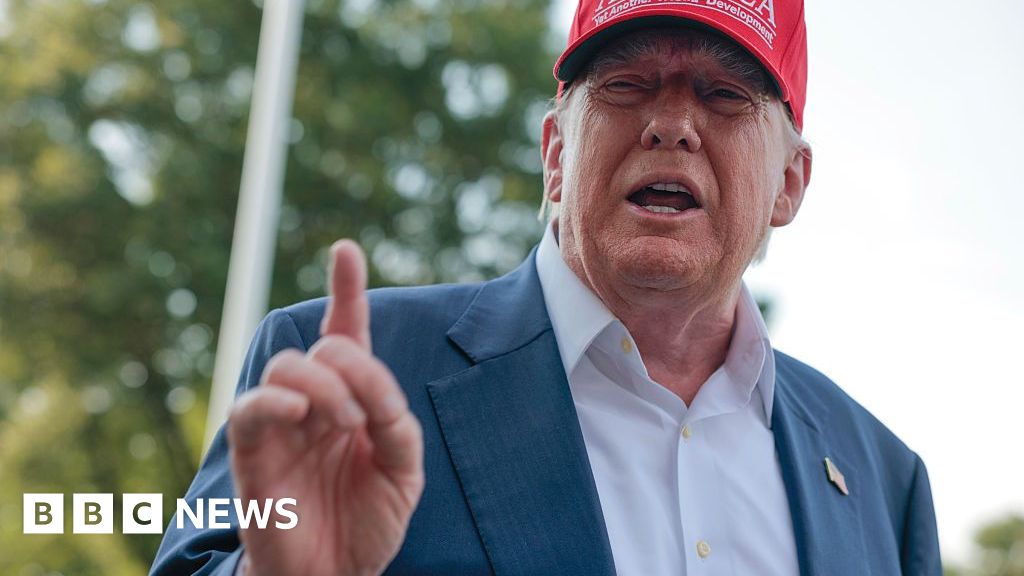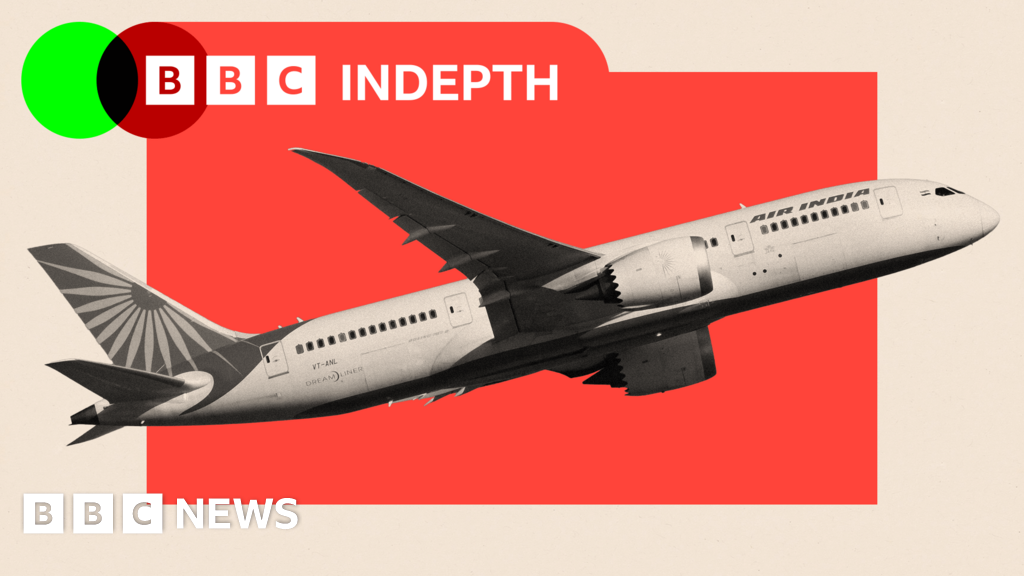As the streaming wars rage, some of the industry’s biggest players are seeking to join forces. Apple and Paramount are considering bundling their streaming services and offering them to subscribers at a discount, according to the Wall Street Journal.
The possible partnership comes as media and tech companies struggle to make their streaming services profitable and consumers tire of having to jump between multiple services to watch what they want.
“It’s a great way for these media companies to morph into what looks like could be the future,” says Paul Dergarabedian, senior analyst at media analytics company Comscore.
Since Netflix introduced the idea of a broad, general market streamer that produces its own content, Wall Street has mostly prioritized subscriber growth and revenue over profitability—as is usually the case when evaluating tech companies. When legacy media players like Disney, HBO, and Paramount entered the streaming wars, they used the same approach of chasing subscribers at all costs. After several years of burning money and failing to catch Netflix, they realized their losses were unsustainable. Executives and investors began to question the big spending, and companies are now focused on profitability—even if they haven’t necessarily achieved it yet.
Paramount has struggled to turn a profit on its Paramount+ streaming service that has 63 million subscribers. But it made strides in the third quarter when it narrowed losses to $238 million compared with $343 million over the same period in 2022, which beat analyst expectations.
Paramount has been particularly open to striking deals with other companies to increase its subscriber numbers. Internationally, its distribution partners include cable providers in Italy, Germany, France, and South Korea. In January, Paramount also inked a deal with Delta that gives passengers access to its entire streaming catalog during flights. And in May, Paramount+ signed on to be included for free in a Walmart+ subscription, echoing Amazon’s inclusion of free streaming with its e-commerce discounts.
On Friday, investors applauded Paramount’s possible agreement with Apple, sending Paramount’s stock up 10% in midday trading.
Apple has yet to release subscriber numbers or revenue figures for Apple TV+, but in May, research firm Antenna estimated it had about 20 million subscribers. On Apple’s latest earnings call CEO Tim Cook said Apple TV+ hit a quarterly record for revenue. Apple TV+ is part of Apple’s services business, which while outside its core products of phones and laptops, is becoming increasingly critical to the company’s strategy. Apple has shown a willingness to use its deep pockets to fund high-budget productions for its streaming service. This year, Apple produced Martin Scorsese’s Killers of the Flower Moon and Ridley Scott’s Napoleon, a biopic of the French emperor, that each cost about $200 million. Its original pictures have also gained coveted awards recognition as when CODA, a movie about a deaf family, won Best Picture at the 2022 Oscars.
Paramount declined to comment; and Apple did not respond to a request for comment.
Paramount and Apple aren’t alone in their partnership push. Warner Bros. Discovery is considering pairing its Max service with Netflix in a deal that would only be available to Verizon subscribers. Meanwhile Disney offers a discount to consumers who subscribe to Disney+, Hulu, and ESPN+, all three of which it owns.
“Bottom line: The consumer just wants to know, ‘Where’s my favorite show or movie?’” says Dergarabedian. “Combining them is a benefit to the consumer, and it’s great for these companies who clearly see a benefit to teaming up rather than being in separate silos, in a sense, fragmented and isolated.”
Despite some wariness about partnering with competitors, streamers are open to doing so because they believe it can reduce customer cancellations—called churn in the industry—after they’re done watching a specific show or movie. For consumers, there’s also the obvious benefit of saving money because the bundles generally cost less than if bought separately.
“If you’re buying à la carte off a menu, it’s going to cost you more than if you’re buying the prix fixe menu, which essentially this is,” Dergarabedian says.
Prices for streaming services have risen steadily in recent months, partly because companies are betting most consumers will accept cost increases rather than cancel altogether. “Our plans tend to be relatively sticky,” Netflix co-CEO Greg Peters said on the company’s third quarter earnings call when asked about price increases.
For consumers who don’t want to pay for expensive subscriptions, streamers hope to steer them toward cheaper ad-supported options that are more lucrative because they generate both subscription revenue from users and ad revenue from brands. In fact, streaming services have been credited with contributing to much of the growth in the $326 billion ad market, in a year in which spending otherwise slowed down.
Credit: Source link











